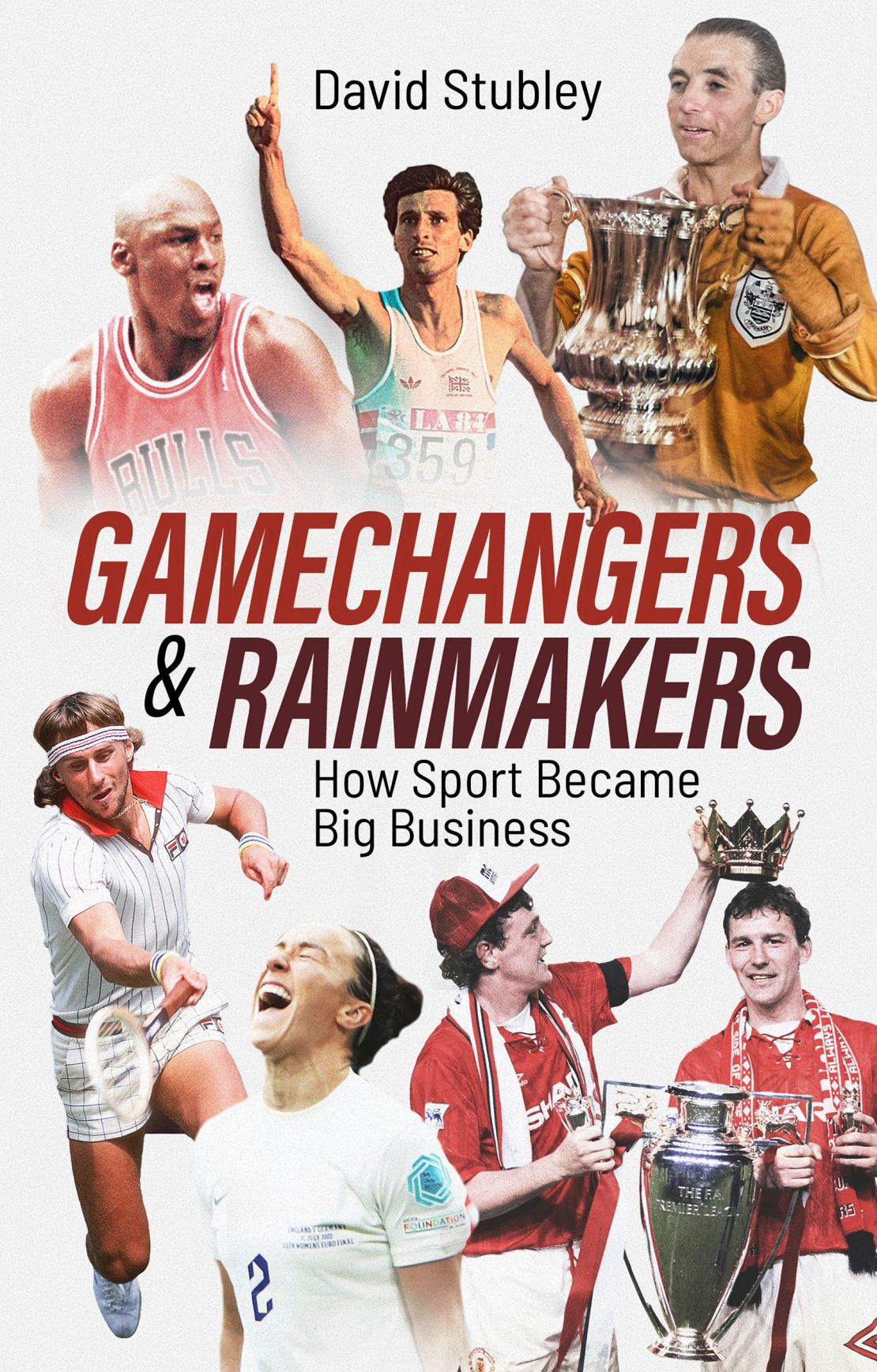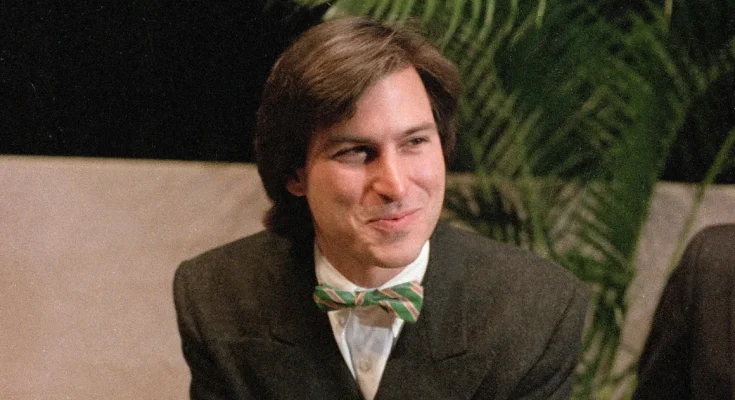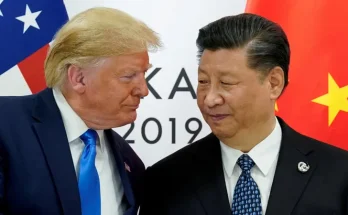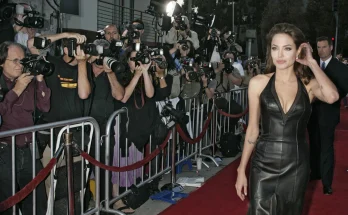The Ad That Changed Everything
The year is 1984. It’s Super Bowl Sunday. You turn on the TV, expecting football, but instead, you see something surreal—ranks of expressionless men marching through a tunnel. No, it’s not the Los Angeles Raiders. It’s the beginning of the most groundbreaking Super Bowl commercial ever aired.
Apple’s legendary “1984” ad, inspired by George Orwell’s dystopian novel, redefined advertising forever. A towering Big Brother figure looms over the masses, delivering a chilling address—until a defiant woman, pursued by riot police, shatters the screen with a hammer. It was bold, cinematic, and unlike anything audiences had ever seen.
Looking back, it’s peak 1980s—CRT screens, dramatic voiceovers, and gravity-defying hairstyles. But at the time, it was revolutionary.
“They sold $150 million worth of computers in just 100 days,” says David Stubley, sports marketing expert and author of Gamechangers and Rainmakers: How Sport Became Big Business, in an interview with Family Us. “The entire ad industry just froze and thought, What just happened?”
The Super Bowl’s Evolution
Hard to believe now, but the Super Bowl wasn’t always a cultural juggernaut. Long before Taylor Swift appearances and jumbotrons, Super Bowl I played out in 1967, with the Green Bay Packers securing a comfortable win.
That year, 24 million viewers tuned in, watching halftime commercials from brands like Goodyear, McDonald’s, and Tang, each paying around $38,000 per slot—roughly $350,000 in today’s dollars.
Fast-forward to 1984, and advertisers were shelling out $300,000 per 30-second ad—about $900,000 adjusted for inflation. A hefty price tag, sure, but nothing compared to today. With some Super Bowl spots now commanding a staggering $8 million, Apple’s iconic ad feels like a bargain in hindsight.
It wasn’t just an ad. It was a moment—one that changed marketing, the Super Bowl, and the way we experience advertising forever.
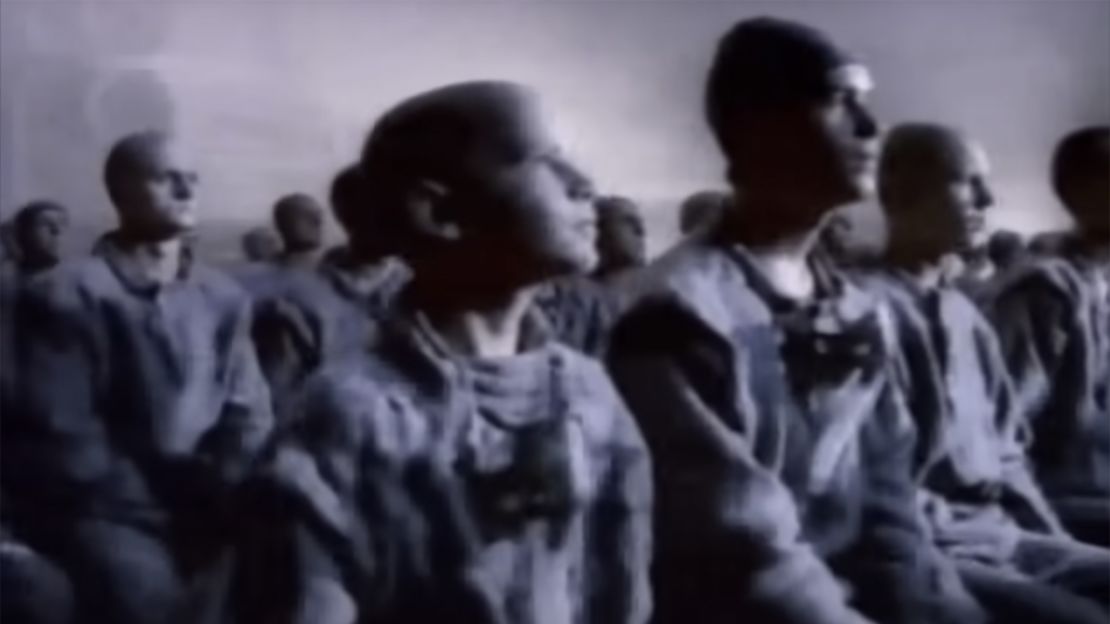
The Ad That Redefined Super Bowl Commercials
It would be a stretch to say that Apple’s “1984” single-handedly transformed Super Bowl advertising into the spectacle it is today. But as marketing expert David Stubley points out, there’s a clear “before and after” effect surrounding this game-changing commercial.
“Before that ad, commercials were either cheesy, personality-driven, or purely transactional—‘Here it is, do you want it?’” Stubley explains. “What this ad did was wipe the slate clean. It basically said, Forget everything you’ve seen before—because we’re about to shatter expectations.”
And shatter them it did—both metaphorically and literally.
The Cinematic Genius Behind “1984”
It’s no coincidence that Apple’s “1984” felt like a mini-blockbuster. After all, it was directed by none other than Ridley Scott, the visionary behind Alien and Blade Runner. While many now associate Scott with sci-fi epics, few realize he actually began his career in advertising—making him the perfect choice to bring Orwell’s dystopia to life.
His signature gritty, futuristic aesthetic made the ad feel less like a commercial and more like a warning. And in 1984, the message hit home.
“We were all terrified of what 1984 might bring,” Stubley recalls. “Orwell’s novel had planted this idea that Big Brother was watching, that the world as we knew it was about to change. Apple’s ad tapped into that fear brilliantly, then turned it on its head—giving people hope, a sense of rebellion, a reason to believe in something different.”
The result? An ad that didn’t just sell computers—it changed advertising forever.
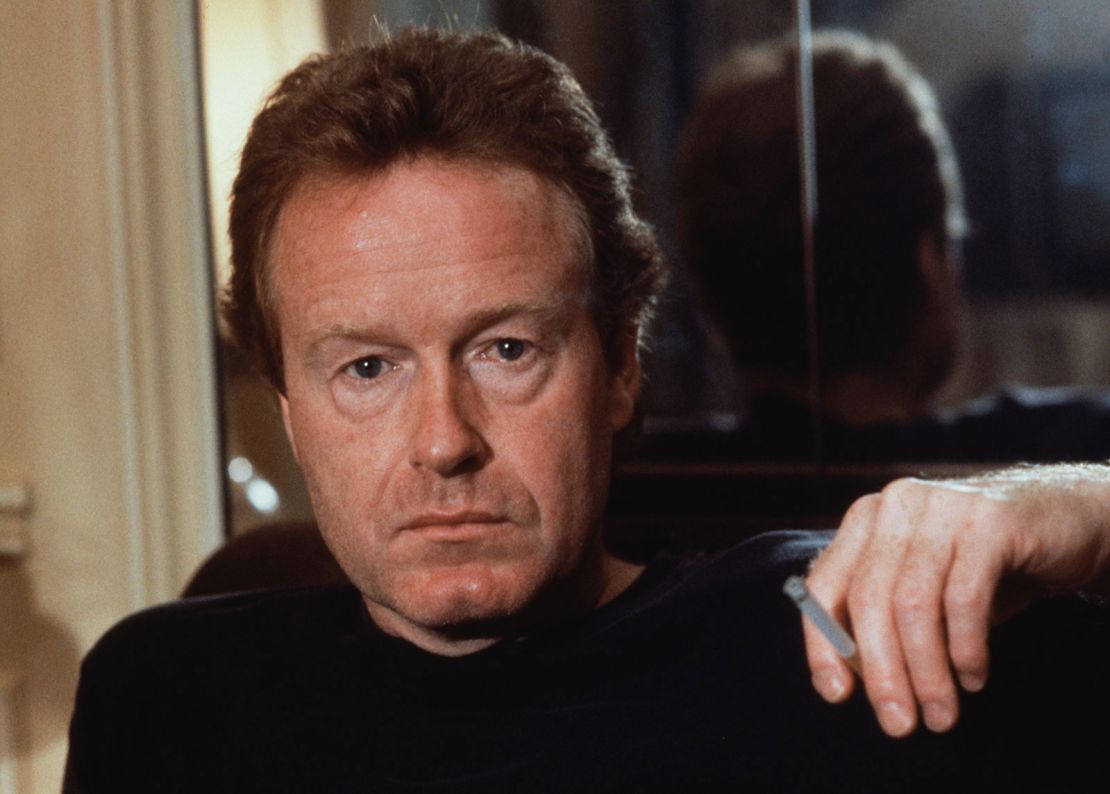
A Bold Rebellion Against the Tech Giants
Despite the Macintosh never appearing in Apple’s legendary “1984” commercial, its message was unmistakable: Big Brother represented the tech establishment.
“The contrast between IBM, HP, Dell, and what Apple was offering made it electrifying,” explains David Stubley. “It was like Air Jordans a decade later—flipping off the establishment and saying, ‘We’re different.’”
That rebellious energy was no accident. Steve Jobs actively fueled the divide, positioning Apple as the antithesis of corporate conformity.
“Watch any of his talks from that era,” Stubley continues. “He would outright call out the ‘suits’ churning out boring, vanilla hardware and software. His whole message was: There has to be a better way. He was brilliant at making Apple feel like the ultimate outsider.”
The Perfect Storm for Apple’s Revolution
Apple’s timing couldn’t have been better. The 1980s weren’t just defined by Orwellian fears—they also marked the moment when advertisers fully embraced the power of television.
“TV advertising exploded,” says Stubley. “New industries suddenly realized its potential. In the U.S., there was a beer war between Miller and Budweiser, finance was jumping in, retail was jumping in—every sector was flooding into TV.”
With companies spending big, Apple went all in. Stubley estimates they poured $600,000 into their 60-second cinematic masterpiece—equivalent to $1.8 million today.
And just like that, Apple didn’t just launch a computer. They launched a movement.
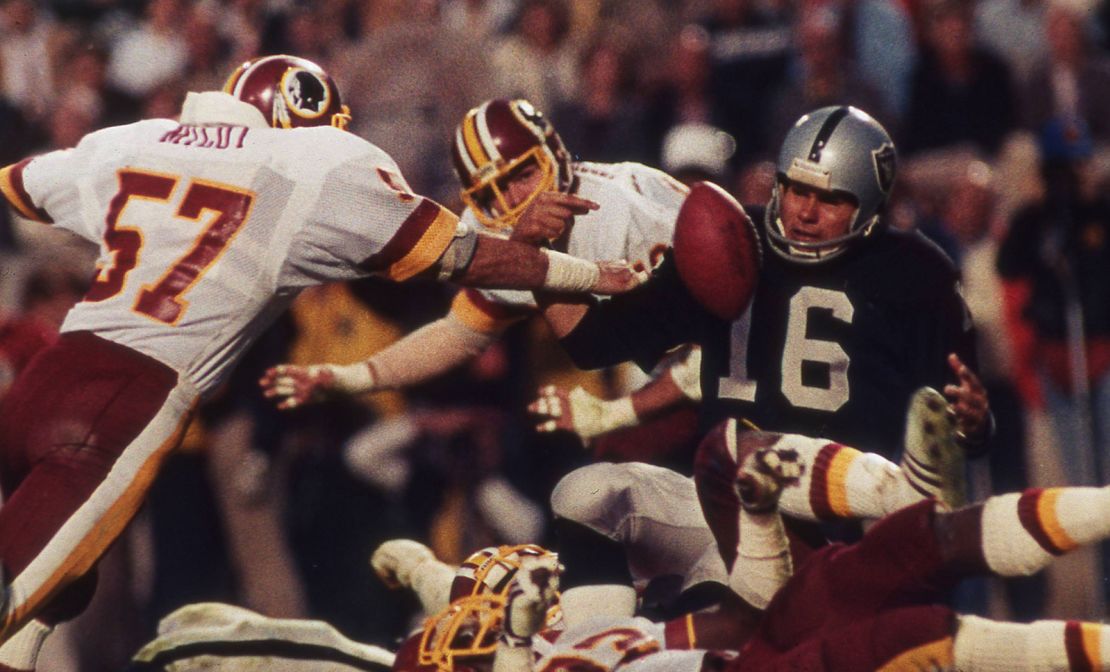
The Super Bowl Ad That Stole the Show
You can spend millions crafting the perfect Super Bowl commercial, but if the game itself dominates headlines the next day, its impact can be fleeting.
Luckily for Steve Jobs and Apple, that wasn’t a problem. By halftime, the Los Angeles Raiders were crushing the then-named Washington Redskins 21-3—the game was all but decided.
“All the action was happening in the ad break, not on the field,” recalls David Stubley. “You’re sitting there, watching a dull game, beer in one hand, burger in the other. The usual ads are rolling—Taco Bell, Walmart, the same old stuff.
“And then suddenly—boom! This thing explodes onto your screen. It must have been absolutely shocking.”
A New Era in Advertising
The success of Apple’s “1984” didn’t just make waves—it rewrote the playbook.
“After that, brands started spending bigger and bolder,” says Stubley. “By the ’90s, if you had a $400 million ad budget like Budweiser and wanted to put Miller Lite back in its place, you just bought up the Super Bowl ad slots. It became the ultimate battleground for brand dominance.”
Even today, with 30-second spots commanding $8 million, Stubley believes it’s still a worthwhile investment.
“If you’re looking to build brand awareness among young American adults, the Super Bowl is still one of the fastest ways to do it—if not exactly the cheapest.”
The Hollywood Takeover
But Apple’s influence on Super Bowl ads wasn’t just about bigger budgets—it was about cinematic storytelling.
Big-name directors like Martin Scorsese, David Fincher, and Zack Snyder have since brought their talents to Super Bowl commercials, transforming them into mini-blockbusters.
Today, ads aren’t just commercials—they’re events. They come with A-list actors, elaborate storylines, and even teaser trailers released in advance. In fact, many people tune in just for the commercials, proving that the ripples of “1984” are still being felt over 40 years later.
Apple didn’t just sell computers that night. They sold a new vision of what advertising could be.
